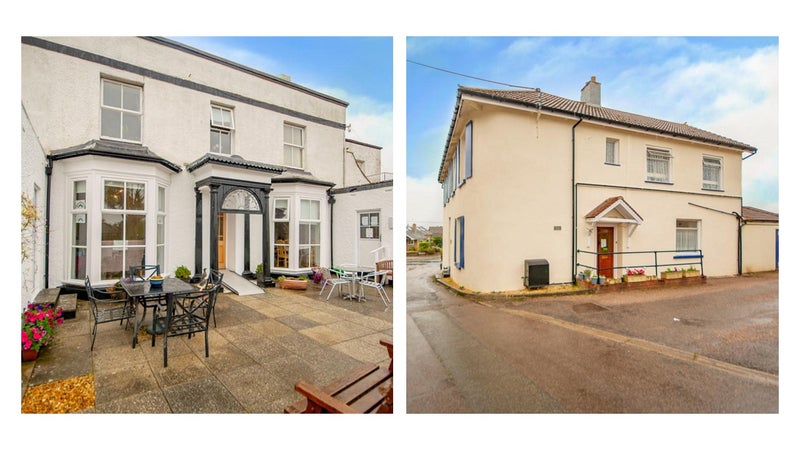Christie & Co reports on resort destinations in Spanish hotel market
Specialist business property adviser, Christie & Co has published its new report, “Spanish Hotel Market: Resort Destinations,” which analyses 14 of the most relevant resort destinations in the country.
Spanish hotels registered a total of 105.3m arrivals in 2018, of which 43.4% (45.7m) went to hotels located in resort areas of Spain. Demonstrating the strong performance of the areas commonly known as “sun and beach” destinations, Christie & Co has released a new report looking at 14 resort destinations from the Mediterranean and Atlantic Coasts, including the Balearic and Canary Islands.
Over the last five years, these destinations have benefited from the instability of their Mediterranean competitors (Turkey, Tunisia and Egypt), and have experienced a strong recovery with record figures in demand, supply and profitability. The resort hotel sector has become one of the main drivers of tourism growth in the country, accounting for the largest volume of hotel investment in Spain over the last two years (65% of investment in 2017 and 64% in 2018, as covered Christie & Co’s annual Spanish Hotel Investment Overview).

The 14 destinations analysed in the report (Costa Brava, Costa de Barcelona, Costa Daurada, Costa de Castellon, Costa de Valencia, Costa Blanca, Costa Calida, Costa de Almeria, Costa Tropical, Costa del Sol, Costa de la Luz-Cadiz, Costa de la Luz-Huelva, Canary Islands and Balearic Islands) accumulated 220.6m overnight stays last year, representing 64.8% of the total number of overnight stays in Spain in 2018 (340.2m).
The report analyses the economic, touristic and hotel framework for each of the areas, highlighting the special relevance of both the Balearic and Canary islands, and the Costa del Sol. In 2018, the three main holiday markets in Spain achieved the highest RevPAR ( €87.73 in the Balearics, €80.47 in the Canaries and €72.09 in Costa del Sol) and occupancy (83.63% in the Canary Islands, followed by 78.70% in the Balearic Islands and 74.70% in Costa del Sol). However, the three destinations with the highest average price (ADR) were identified as the Balearic Islands (€111.50), Costa de la Luz-Cádiz (€104.60) and Costa del Sol (€96.50), leaving the Canary Islands fourth with an average price of €96.26 in 2018.
The report also offers analysis of the feeder markets in all 14 destinations, analysing the effect of seasonality and the average stay length, and reviews any development in recent years. Likewise, the report analyses both current and future offerings in these holiday destinations and their evolution. In addition, the report dedicates a special appendix on the Canary Islands, the Balearic Islands and Costa del Sol, offering a brief review of the most important locations in those destinations.
Joan Bagó, Market Analyst at Christie & Co and author of the report, comments, “Demand growth and the improvements in the quality of the hotel supply have allowed hotels to increase ADR by +5.5% (CAGR 2014-2017), boosting performance by +6.9%. Nevertheless, in 2018, we note a stabilisation in the number of overnight stays for the first time in five years, which has affected occupancy (-2.7%) and consolidated RevPAR levels (+0.1%).”
Inmaculada Ranera, Managing Director at Christie & Co – Spain & Portugal, adds, “The ‘sun and beach’ sector is facing a cycle change with the recovery of other Mediterranean destinations. In order to compensate for investments carried out over the past few years to improve the quality of hotel supply, the sector is moving to attract tourists with greater purchasing power. This sector is a strategic one within the Spanish economy and it will continue to attract the interest of investors and operators if the push towards quality tourism is homogeneous and sensibly planned with all the relevant parties involved.”



















